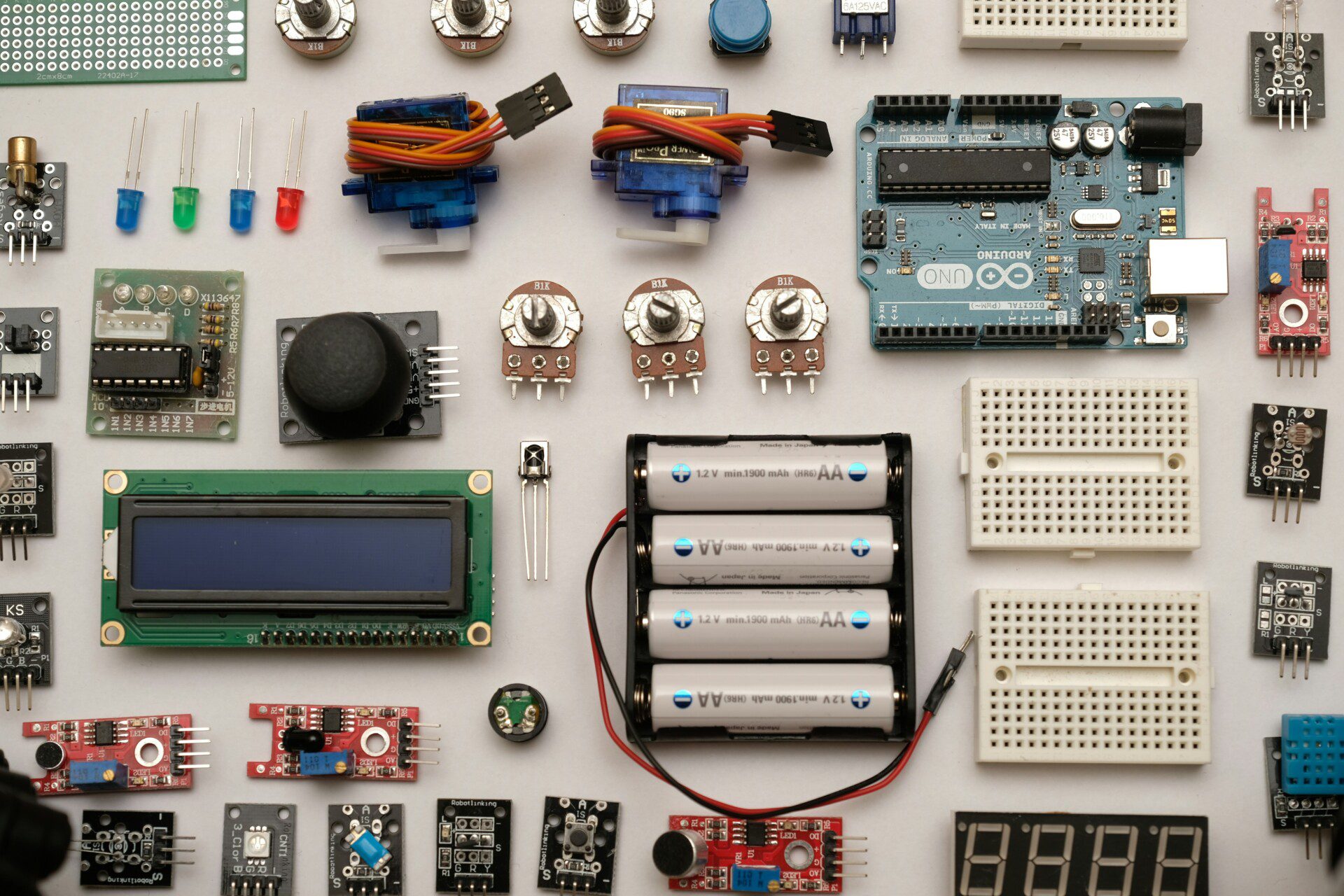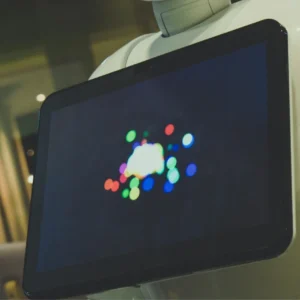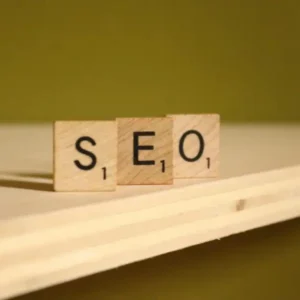In today’s digital age, connectivity is no longer limited to just our computers and smartphones. The Internet of Things (IoT) has revolutionized the way we interact with the world around us. From smart homes to wearable devices, the IoT has paved the way for a more connected and efficient future.
What is the Internet of Things?
The Internet of Things refers to the network of physical devices, vehicles, appliances, and other objects that are embedded with sensors, software, and connectivity, allowing them to collect and exchange data. These devices can range from simple everyday objects like thermostats and light bulbs to more complex systems like self-driving cars and industrial machinery. The IoT enables these devices to communicate and interact with each other, creating a network that can be remotely monitored and controlled. This connectivity opens up a world of possibilities, allowing for increased automation, improved efficiency, and enhanced convenience.
Table of Contents 📌
How does the Internet of Things work?
The IoT relies on a combination of hardware, software, and connectivity to function. At the heart of the IoT are the sensors and actuators that collect and transmit data. These sensors can detect changes in temperature, light, motion, and other variables, while actuators can control physical processes such as turning on a light or adjusting the temperature. The data collected by these sensors is then sent to a central hub or cloud-based platform, where it is stored and analyzed. This data can be used to gain insights, make informed decisions, and trigger actions based on specific conditions or events.
For example, a smart thermostat can adjust the temperature based on occupancy patterns or weather conditions, optimizing energy usage and comfort.
Benefits of the Internet of Things
The Internet of Things has the potential to transform various industries and improve our daily lives in numerous ways. Some of the key benefits of the IoT include:
1. Increased Efficiency
By connecting devices and systems, the IoT enables automation and real-time monitoring, leading to improved efficiency. For example, in agriculture, sensors can monitor soil moisture levels and automatically trigger irrigation systems, optimizing water usage and crop yield.
2. Enhanced Safety and Security
The IoT can help enhance safety and security by enabling remote monitoring and control. For instance, smart home security systems can send alerts to homeowners’ smartphones if there is any unusual activity detected, allowing them to take immediate action.
3. Improved Healthcare
In the healthcare industry, the IoT has the potential to revolutionize patient care. Wearable devices can monitor vital signs and send real-time data to healthcare professionals, enabling early detection and intervention. This can lead to improved diagnosis and treatment outcomes.
4. Smart Cities
The IoT can play a crucial role in creating smart cities. By integrating various systems such as transportation, energy, and waste management, cities can become more sustainable, efficient, and livable. For example, smart traffic management systems can optimize traffic flow, reducing congestion and improving air quality.
Challenges and Considerations
While the Internet of Things offers numerous benefits, there are also challenges and considerations that need to be addressed. Some of these include:
1. Privacy and Security
With the increased connectivity and data exchange, privacy and security become paramount. Protecting sensitive data and ensuring secure communication between devices and platforms is essential to prevent unauthorized access and potential breaches.
2. Interoperability
As the IoT ecosystem grows, ensuring interoperability between different devices and platforms becomes crucial. Standardization and compatibility are necessary to enable seamless communication and integration.
3. Scalability
The IoT is expanding rapidly, with billions of devices expected to be connected in the coming years. Scalability becomes a challenge as the infrastructure needs to support the increasing volume of data and devices.
The Future of the Internet of Things
The Internet of Things has already made significant strides in connecting the world in a whole new way. As technology continues to advance, the potential for the IoT is limitless. From smart homes to smart cities, the IoT has the power to transform the way we live, work, and interact with our environment.
However, as with any emerging technology, it is crucial to address the challenges and considerations to ensure a secure and sustainable IoT ecosystem. By doing so, we can unlock the full potential of the Internet of Things and create a more connected and efficient world.
For more useful contents, please check our blog: www.treeandshadow.com/blog
IMPORTANT DISCLAIMER: This article is intended to provide a general guide/info only, NOT an advice/suggestions!
All the best!
TREE & SHAÐOW
~ BY SHOPPER FOR SHOPPER ~
www.facebook.com/treeandshadow













